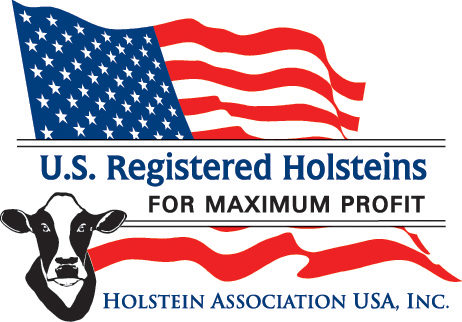Earlier this year when I wrote on this editorial page that there were producers who had forward contracted their milk who were making money in this dairy depression, some said I was ignorant.
I recently met one such producer. In many ways, he is a snapshot of what we've tried to represent in this issue: the next generation of dairy producers.This Idaho producer is a 20-something dairyman leasing his facility in southeastern Idaho. He milks his own 200 cows and a few other cows the dairy's leaser still owns. The facility is nothing fancy; it's more than 30 years old. In this issue, dairy business management consultant Peter Callan cautions young producers to not use the shine on a tractor or pickup truck as a financial yardstick. It's sound advice for all.
Many young producers are recognizing the value of owning their own cows. At Cornell University, students who are majoring in dairy science are encouraged to build their own equity through cattle ownership. Owning cows and leasing or sharing ownership of the dairy facility may be the best way for aspiring dairy producers to get into the business right now. That includes the sons and daughters of current dairy producers. What better way to start out your children in the business than to have them own a few hundred of their own cows?
The Idaho producer I met graduated from Utah State University's herdsman program. In nine months he says he learned what he needed to know in order to do what he loved most - own and manage his own cows. Others have found the herdsman-level training helpful as well. These training programs may be considered less traditional, but they are growing in popularity.
This summer the second class of students participated in hands-on, large-herd management training during the Southern Great Plains Dairy Consortium. Some of the students who participated are featured on the front cover this issue. These students spend four hours in lectures and four hours in the field daily during the six-week course. Weekends they spend touring allied industry infrastructure, such as a cheese plant, a feed mill, diagnostic lab or feed yard. Their smiling faces should give us all hope that the next generation of dairymen and dairywomen are hopeful and well-prepared. Read their comments about how they are preparing to enter the industry.
Now back to the reason most readers are probably intrigued by this editorial opinion. The young Idaho dairy producer I spoke of contracted his feed and milk last year through this May. He told me that up until the first of summer he was receiving milk checks $8 to $9 more per hundredweight than most dairymen. He has yet to contract anything since the forward contracts expired in May. I asked when he'd jump back into the milk market and forward contract, given current prices. He wasn't sure. But he's seriously considering locking in some corn even without locking in a milk price. When I asked why he used forward contracting he said, I don't know how you could budget for your dairy and yourself without it." That's understandable considering he has a young family with two kids and one on the way to care for.
My best wishes to Ben Gittins and all the other new or aspiring dairy producers getting into the dairy industry. We need your hope and optimism right now. PD
Walt Cooley
Editor
walt@progressivedairy.com










